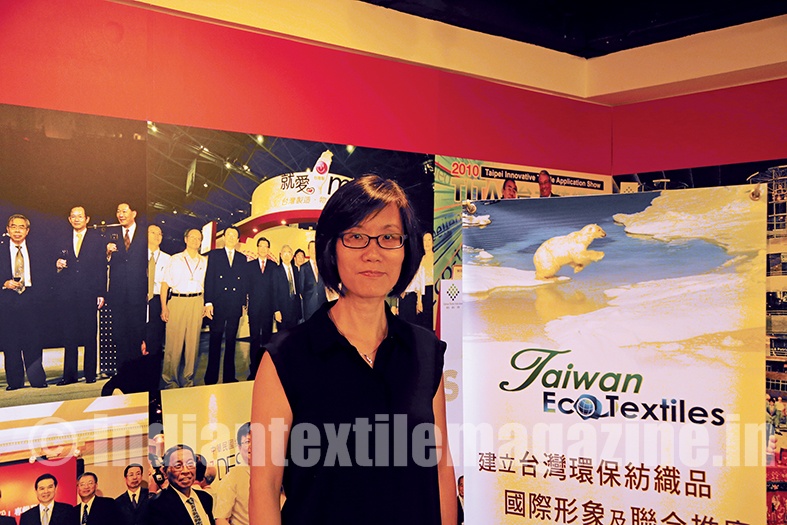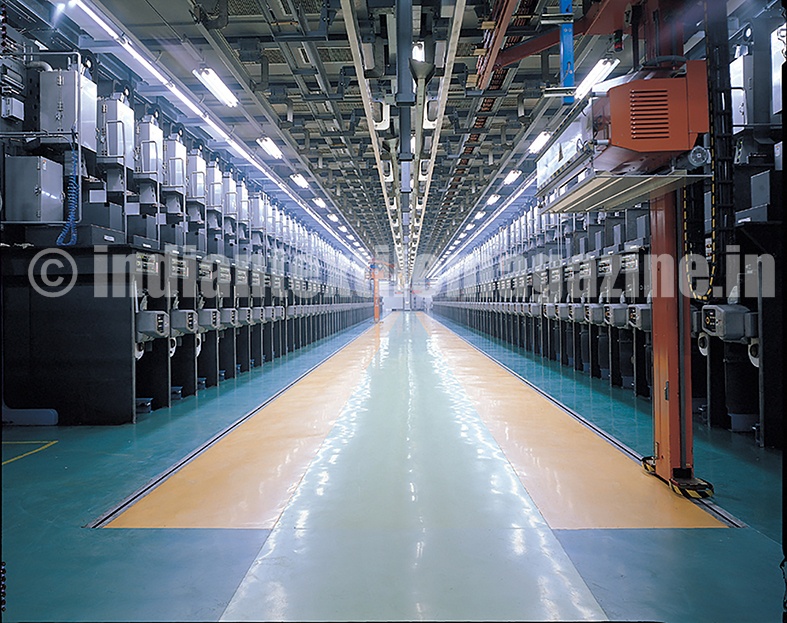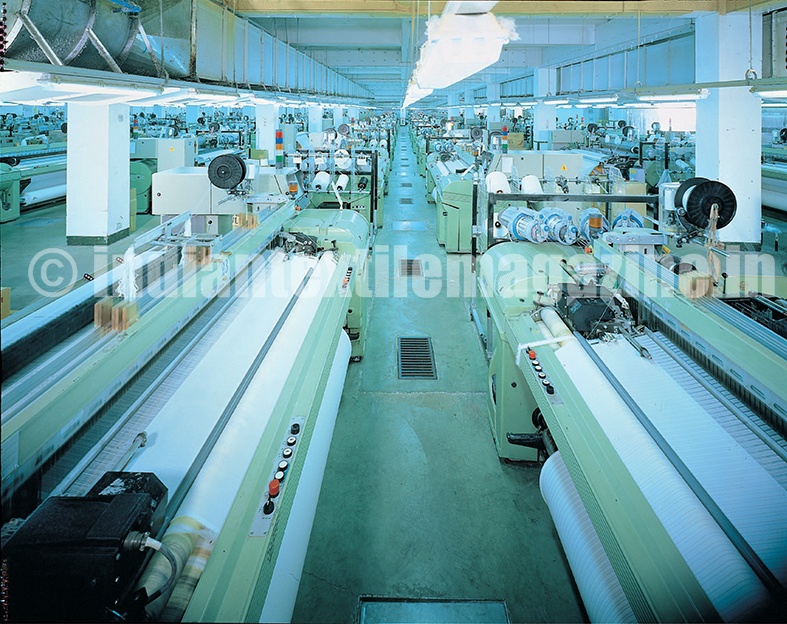The origin of the Taiwan textile industry dates back to the 1950s when raw materials such as cotton were imported for yarn spinning. Later, with the development of local petrochemical industry, man-made fiber and finished goods became core products of the industry. After 60 years of development, the textile sector in Taiwan today enjoys a full and integrated product chain, from fiber, yarn, fabrics, dyeing and finishing down to apparel and accessories.

Over the years, the industry has also evolved with the global textile market. Mass production replaced by innovation and low cost by technology, the textile sector now possesses the most complete product and value chain among the island’s whole industrial structure. And Taiwan is today one of the leading functional textile suppliers in the world.
Current status
According to Government statistics, in 2015, Taiwan had more than 4,300 textile manufacturers employing over 140,000 people. Their total production reached NT$409.3 billion in value, of which the textile and clothing segment accounted for 95 per cent and 5 per cent respectively.
Textile industry’s production value, number of manufacturers and employment all declined over the past 10 years. However, the productivity value per employee has grown during the 2005~2015, indicating that the nature of the industry has changed from labor intensive to technology and finally capital intensive. The effect of transformation and upgrading has been substantiated.
More than 78 per cent of the total textile production in the last 10 years went for export. In 2015, Taiwan’s textile exports and imports reached $10.8 billion and $3.46 billion respectively. By generating a trade surplus of $7.34 billion, the third largest one among all the major industrial sectors, the textile industry proves again its status as one of the most important players and foreign exchange earners in Taiwan’s export-led economy.
According to WTO data, in 2014, Taiwan was the seventh textiles exporting country and the 31st clothing exporting country in the world. It has also become a major global provider for functional and eco textiles in recent years.
Taiwan’s textile exports touched $10.8 billion in 2015. The largest item was fabrics with an export value of $7.32 billion, making up 68 per cent of all textile exports. Yarn products ranked the second with an export value of $1.6 billion and made up 15 per cent of all textile exports.
Textile exports to the ASEAN countries and mainland China (including Hong Kong), the two major foreign markets in 2015, stood at $3.92 billion and $2.9 billion respectively. Together they accounted for 63 per cent market share of Taiwan’s textile exports.
Major import items and sources
Taiwan’s textile imports reached $3.46 billion in 2015, of which apparel and accessories was the major category with the value of $1.81 billion, accounting for 52 per cent. The largest textile supplier was mainland China, representing 44 per cent of the total imports valued at $1.5 billion. Nearly 60 per cent of products from mainland China was apparel and accessories. Other major import sources in 2015 included Vietnam (mainly apparel and accessories), the US (cotton), Japan (fabrics), and Indonesia (apparel and accessories).
To cope with the severe international competition and adverse business environment, the industry has come up with the following strategies:
Product differentiation: The industry will continue to develop high value-added materials and products by focusing on R&D and advanced technology. The image of “Made-in-Taiwan” textiles has been greatly enhanced for the last 10 years. Product and market segmentation is the best way to get rid of competition from low-cost and mass- production rivals.
Design and creativity: The industry is now highly aware of the power of combining design with aesthetic and cultural creativity. Encouraged and supported by the Government policy, the industry is actively integrating creativity, innovation and cultural heritage into design to create unique and refined products. Crossover collaboration is also a new direction to augment market coverage.
Function plus eco-friendliness: Functionality and sustainability have been two main streams in Taiwan’s as well as global textile development in recent years. Functionality appeals for wearing comfort, ergonomics, safety and healthcare, while sustainability emphasizes low energy consumption, low pollution and recyclability. In addition to the ever-important fashion element, the industry is now striving hard toward incorporating function and eco-friendliness in order to meet the market demand.
Branding: Though a long and winding road, branding is always considered a necessary strategy for running a sustainable business, and quite a few Taiwanese textile enterprises are doing exactly so. Equipped with solid and sophisticated expertise in production and supply chain services, they are expanding their product range from upstream to downstream and stepping into both online and brick-and-mortar markets with own brand.
Vision
To assist the industry to upgrade and transform, the Government has set up a vision and related policy for the textile sector, aiming at developing Taiwan into a R&D and production base for functional and technical textiles as well as a fashion design center in the Asia-Pacific region. Efforts are also made to propel the industry to evolve from MIT (Made In Taiwan) to DIT (Design In Taiwan) and BIT (Brand In Taiwan). An immediate short to mid-term goal for the industry is to increase the production value to NT$700 billion in 2020.

